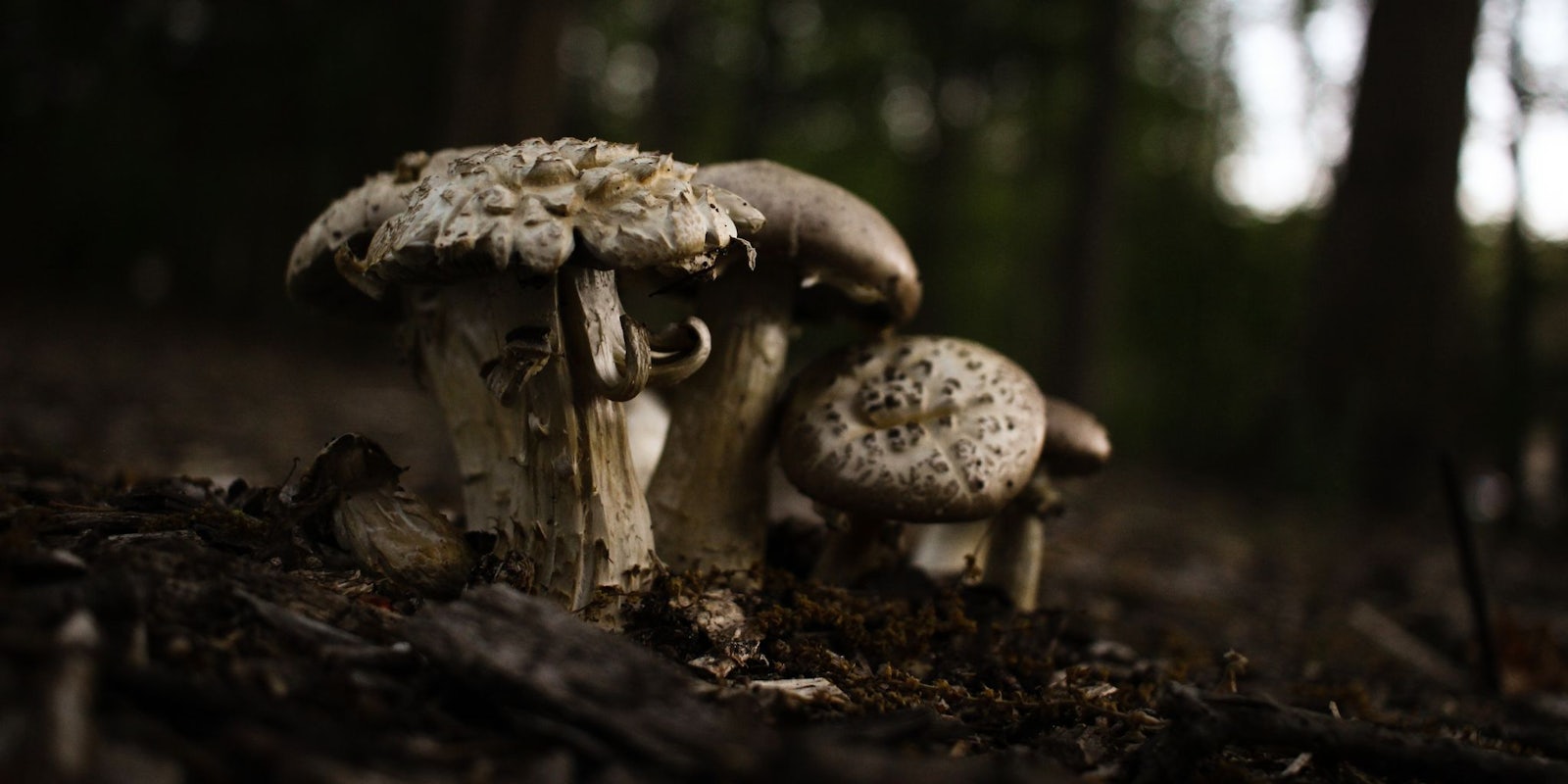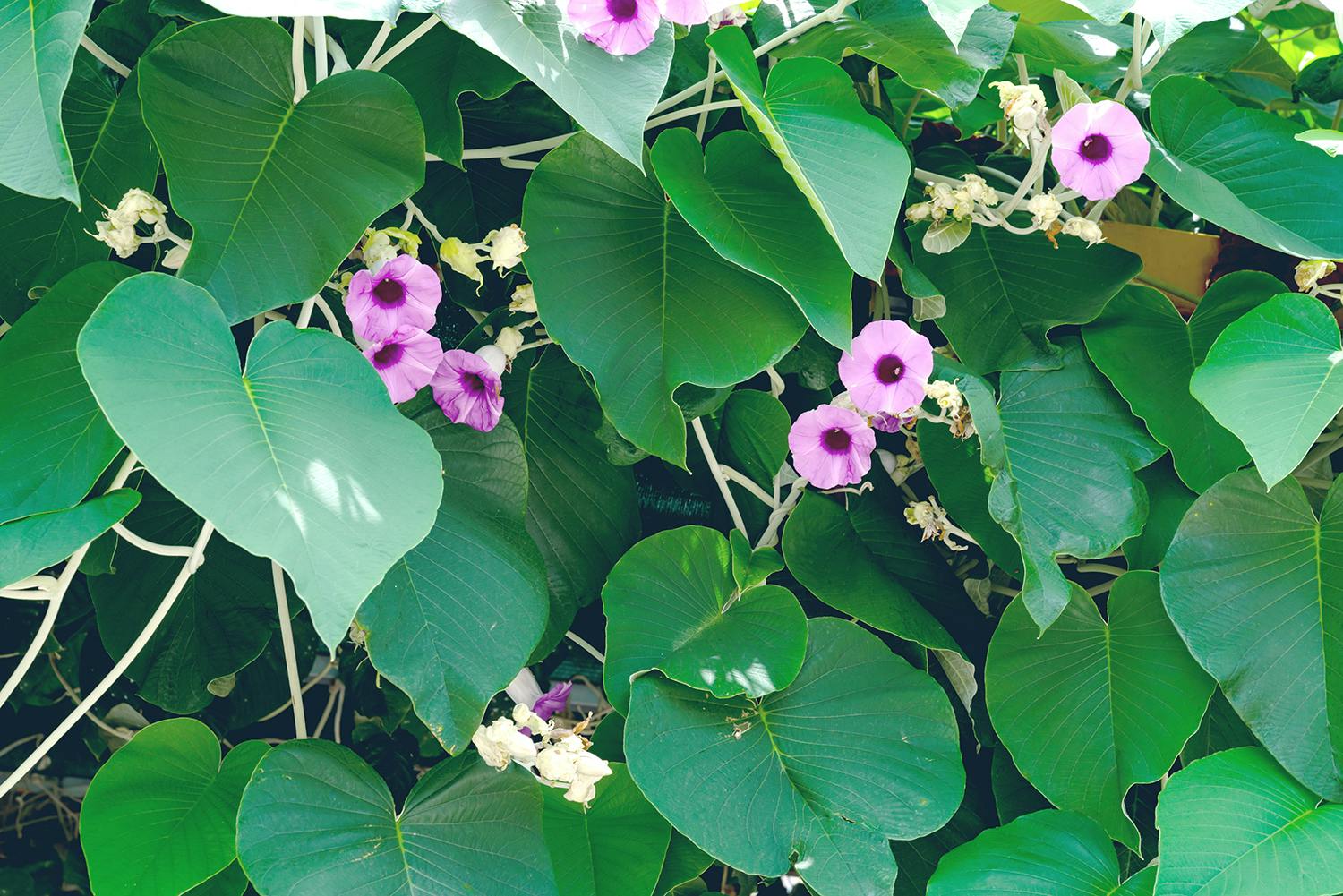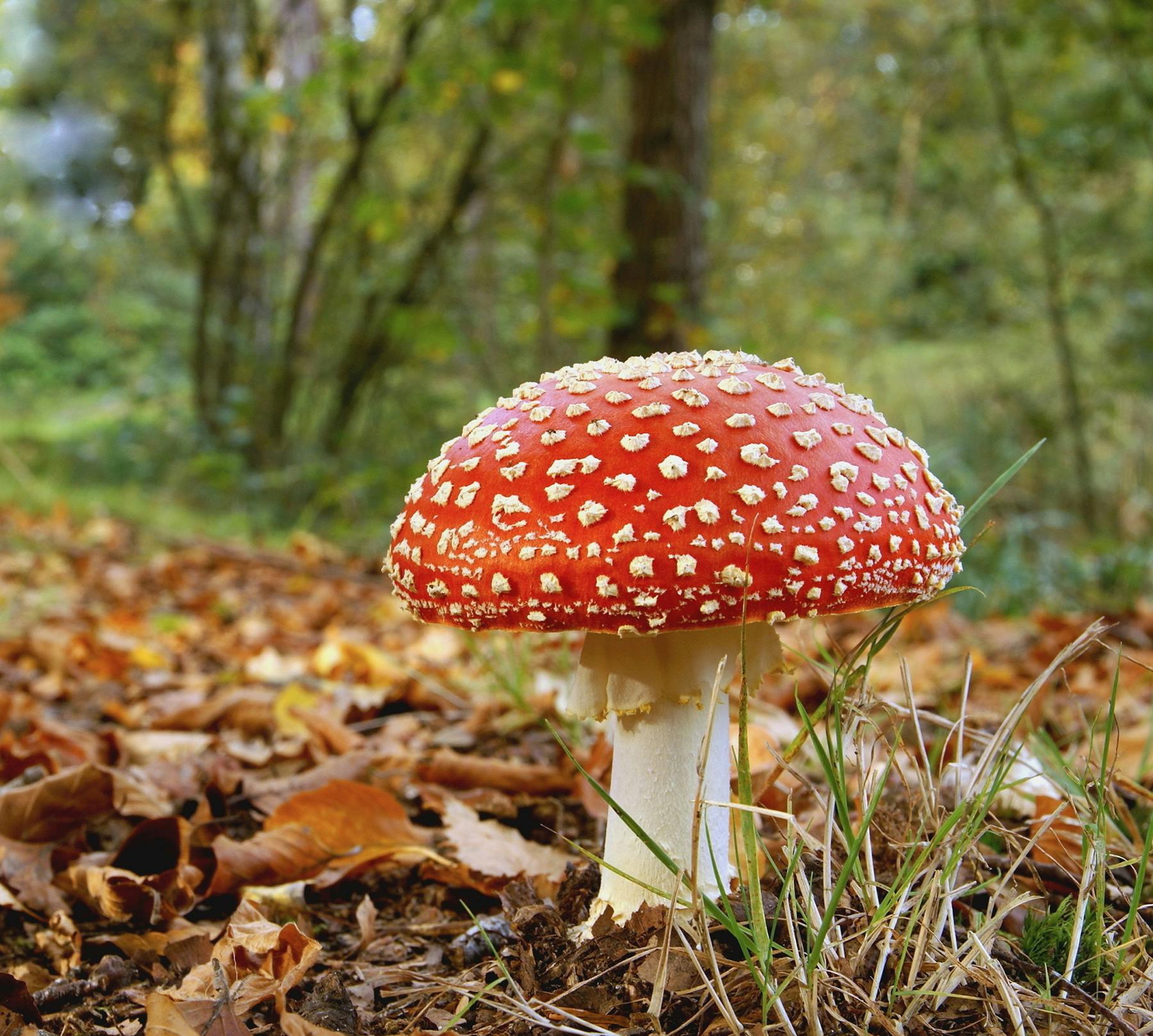From Alice eating a mushroom during her adventures in Wonderland to Steve Jobs’ reverence of LSD, psychedelics are an integral part of American culture. Psychedelics are believed to be powerful mind-openers that can enable people to see inside their brains, both literally and figuratively. From synthetic to the natural, legal and illegal, psychedelics come in many forms. Here’s what you need to know to get started.
12 legal psychedelics you can find in nature or at the store
1. Nutmeg
Taken in large quantities, nutmeg can produce a legal psychedelic high. This is because nutmeg contains myristicin, which works a little like LSD—the buzz can last two to three days and can produce hallucinations. But beware of the side effects: Nutmeg can cause nausea, vomiting, and diarrhea. Heart and nerve problems have also been associated with nutmeg. And yet despite the potential to be used as a drug, the FDA has no plans to ban the spice.
2. Salvia
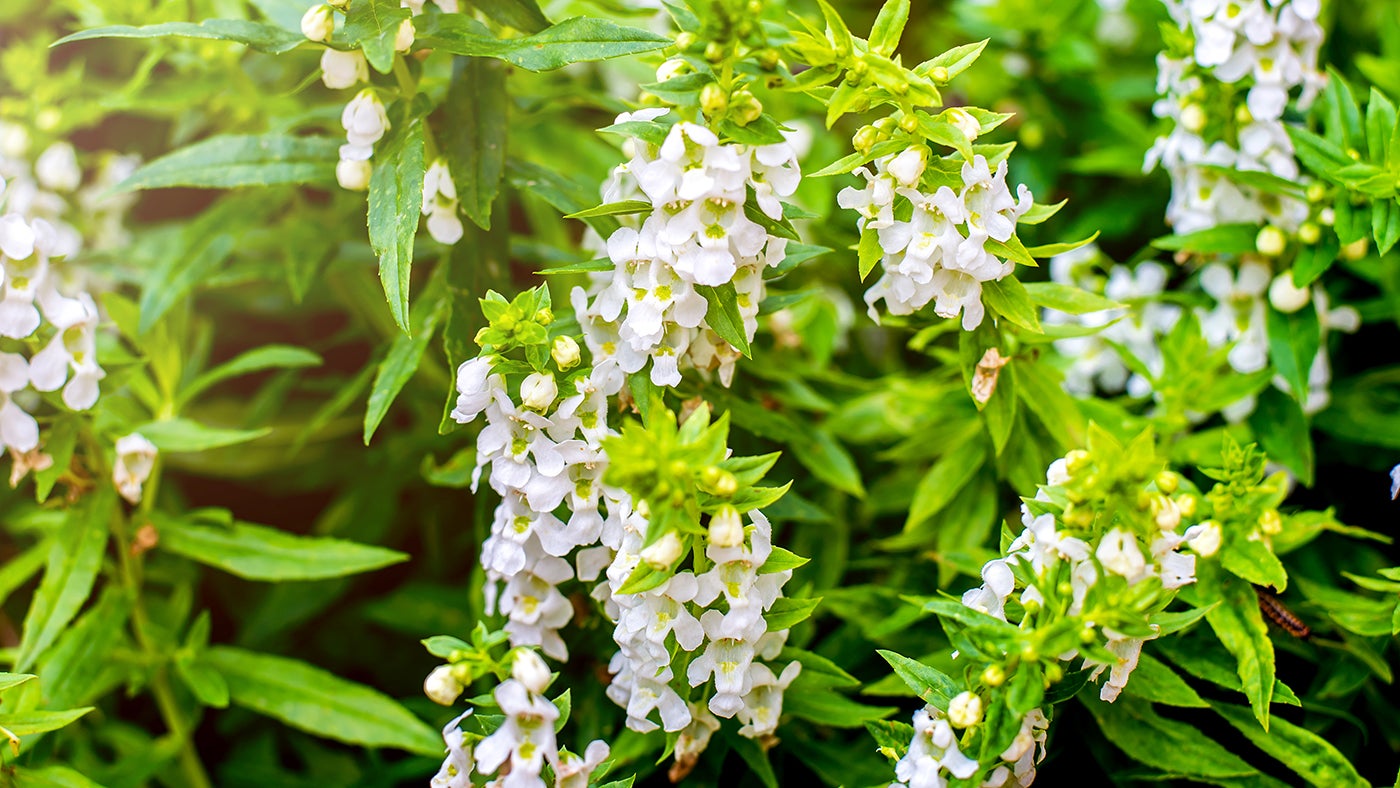
Salvia is a natural drug found in the wild as a tall green plant that sometimes produces small white flowers. It has a long history in religious ceremonies, and by ingesting it, you can get one of the intensest psychedelic highs there is—even expert trippers have struggled to enjoy it. The plant is not regulated under the Controlled Substances Act in the United States, but many states have passed laws making the plant illegal.
3. Mexican Calea
Mexican calea, or caleaternifolia, is another legal psychedelic and flowering plant in the Aster family. It has a long history of medicinal use, including as a cure for diarrhea, stomachaches, fevers, and asthma. Chontal Indians of Oaxaca use the plant in divination ceremonies. Oftentimes brewing it as a tea. And while it may cure upset stomachs in small doses, in larger ones it can cause nausea, vomiting, and hallucinations. Some states have tried to make the plant illegal, but it’s currently not considered a controlled substance.
4. Cough syrup
Cough syrup contains dextromethorphan, which can produce a hallucinogenic high when taken in large doses. Because of the recreational use of cough syrup, many pharmacies carry it behind the counter. But in the United States, there are no legal restrictions on owning or using cough syrup for a legal high.
5. 4-ACO-DMT
Also known as O-Acetylpsilocin or psilacetin, 4-ACO-DMT is a synthetic drug. Some claim that it is a potential alternative to psilocybin. Psilocybin is the natural psychedelic compound produced by more than 200 species of mushrooms. The drug is not illegal, although hard to obtain.
READ MORE:
- Here are 6 Amazon products that are definitely not for cocaine
- VR porn: A beginner’s guide
- The sexiest NSFW movies on Amazon Prime
6. Kava and damiana
Kava and damiana are both herbal supplements and when used together, can cause a euphoric high. A commenter on the drug site Erowid.org noted that the combination of the two gave him a high that lasted four to five hours. While kava is legal across the United States, damiana is illegal only in Louisiana. Making the combination of the two, a legal psychedelic in most states.
7. Hawaiian Baby Woodrose
This plant is native to India and found in Africa, Hawaii, and the Caribbean. Hawaiian Baby Woodrose is a member of the morning glory family and its seeds contain lysergic acid amide (LSA), which is chemically similar to LSD. LSA is a Schedule III controlled substance, and it’s illegal to extract LSA from the seeds of the plant. But owning the plant and the seeds are not illegal. The high from Hawaiian Baby Woodrose is widely variant and often unpleasant. A study into the drug’s effects on driving abilities backfired because of severe adverse effects. The study still remains incomplete.
8. San Pedro Torch cactus
Many cacti like the San Pedro Torch cactus contain mescaline, which is a Schedule I hallucinogen and has been illegal in the U.S. since 1970. Still, the cacti are legal to own and grow and the use of mescaline is legal for certain natives. For over 3,000 years, the San Pedro Torch cactus has been used as a healing compound. It also has ties to religious divination.
9. Blue Egyptian water lily
This magical plant is a native to the Nile River and East Africa. It is often depicted in ancient art as a symbol of the sun. The plant contains apomorphine, which is a psychoactive. In terms of getting high, there are two options. Users can either dry the flowers and make them into a tea blend, or smoke them.
10. Fly agaric
Fly agaric is a mushroom with the iconic red top with white spots—you know, the Super Mario mushroom. Many eat it, and drying it out first can lose effectiveness, according to sources. Though considered poisonous, it is completely legal in the United States.
11. Peyote
Peyote is a cactus that contains mescaline, one of the more recognizable and only slightly legal psychedelics. The Native American Church uses the sacred plant in many of its practices. Although the U.S. government tried to outlaw native rituals involving peyote, they failed to do so. The drug remains protected under federal law when part of “bona fide religious ceremonies.” The Schedule I controlled substance is otherwise illegal.
12. Colorado River toad
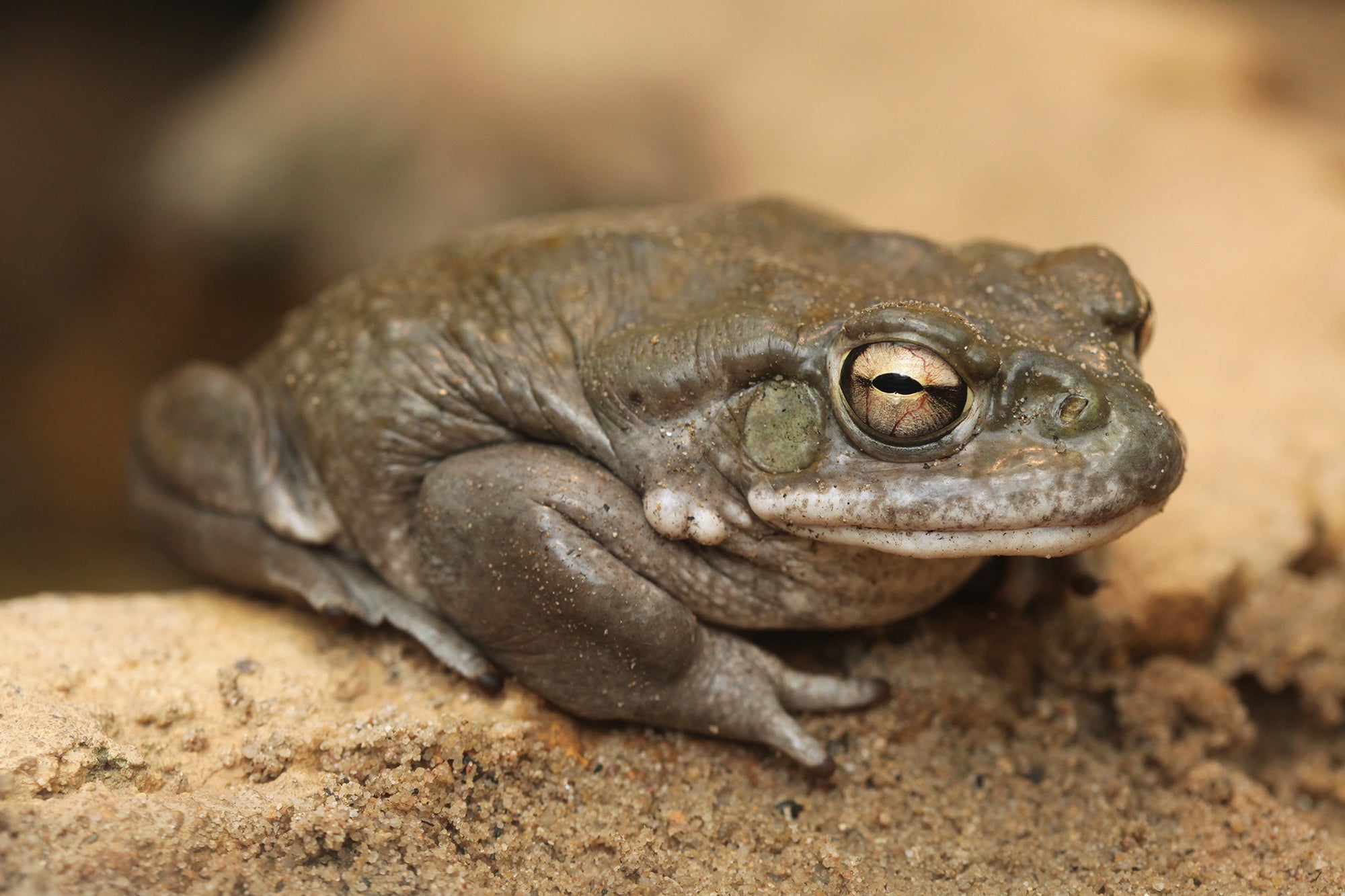
The poison of the Colorado River toad, when smoked, can produce a powerful psychedelic high. But obtaining that poison is a lot more complicated. In the states where the toad resides (often in the Southwest), it is illegal to transport the toad across state lines. And in some states, it is illegal to own the toad with the intent to smoke its poison. Additionally, bufotenin, the psychedelic found in the toad’s poison, is a Schedule I drug and is illegal to buy, possess, and sell. So while it is a natural psychedelic drug, getting your hands on it is a little more complicated than other legal psychedelics.
The Daily Dot may receive a payment in connection with purchases of products or services featured in this article. Click here to learn more.
